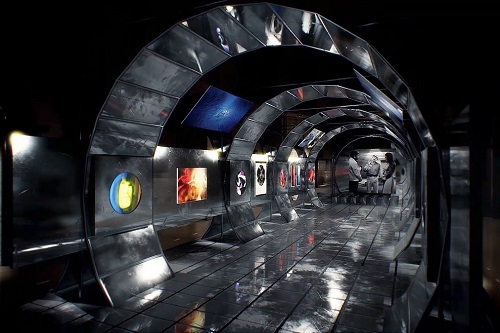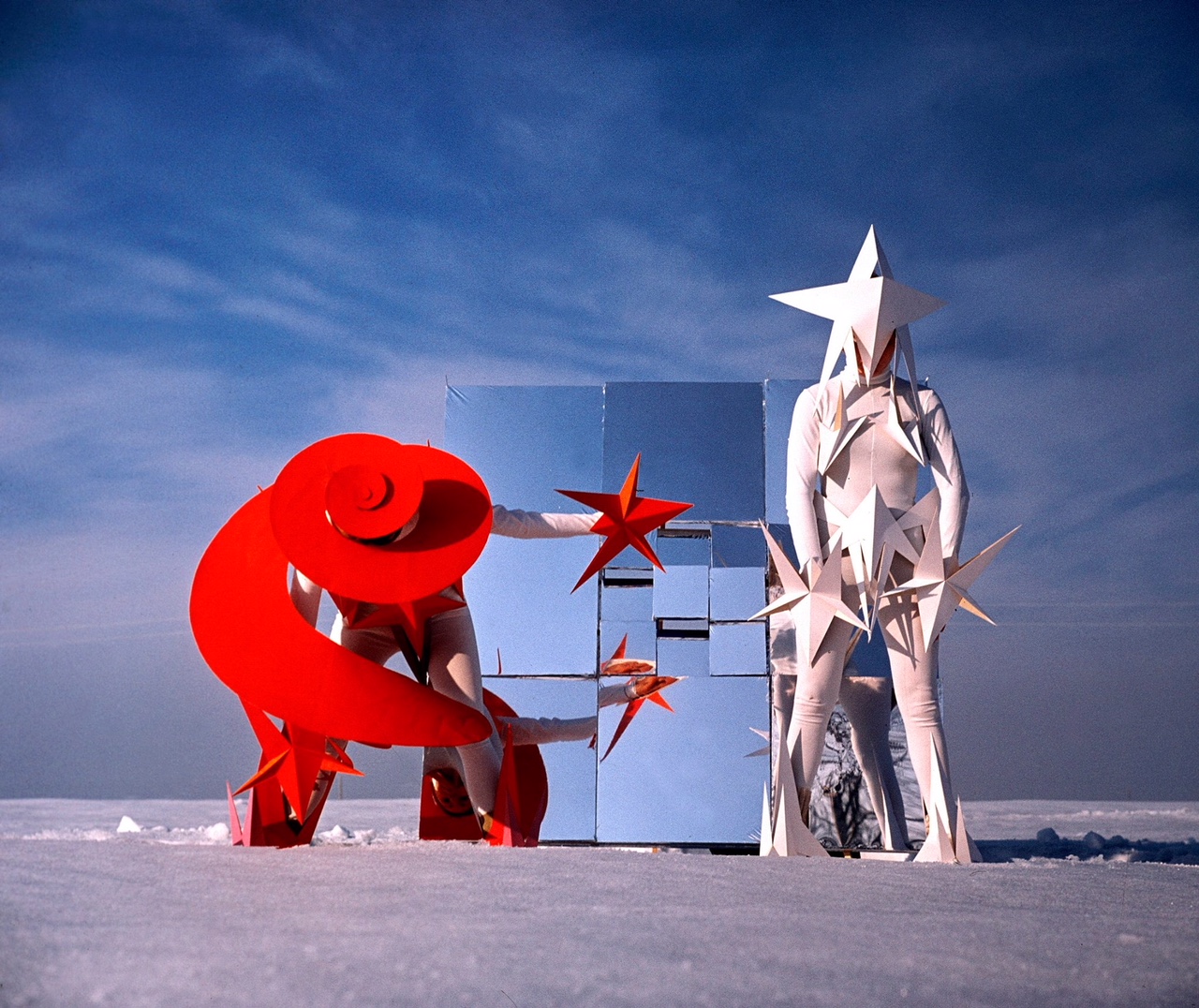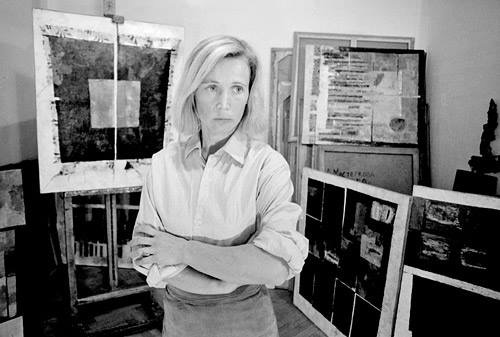By
Cecilia Sandroni
In Andrei Tarkovsky’s film Solaris, the samples of world art-earth artifacts chosen by Tarkovsky for life on a different planet – are collected. As a part of the exhibition project New Flight to Solaris, the AZ Museum offers its choice of art works from the artistic legacy of Tarkovsky’s contemporaries, members of the Soviet artistic underground of the 1960s—1980s, that would be congenial to his work.
Using the director’s idea as a defining formal feature, Polina Lobachevskaya, the exhibition curator, places in the baroque space of Palazzo San Firenze a futuristic installation of a space station, equipped with 22 screens to show video art based on unique photographic and cinematic materials connected with Andrei Tarkovsky’s creative work. The same space will also house the works of Russian artists of the later 20th century: Anatoly Zverev, Francisco Infante, Dmitry Plavinsky, Dmitry Krasnopevtsev, Vladimir Yankilevsky, Vladimir Yakovlev, Lydia Masterkova, Pyotr Belenok, Yulo Sooster, Vladimir Nemukhin, Ernst Neizvestny (32 paintings and two sculptures in total).
The 1960s through to the 1980s, the time when Tarkovsky was creating his movies, was marked by an appearance of unofficial art in Soviet Union. It was definitely a ‘Soviet Renaissance’, a new blossoming of avant-garde painting, drawing and sculpture.
The 1960s artists were not united with each other or with the representatives of other arts by any common manifesto; each of them worked in his or her own inimitable manner. They were united with Tarkovsky through the means of historical time, an innovative approach to solving art questions and an unconquerable drive towards freedom, most importantly towards artistic freedom.
In San Firenze’s exhibition I was particularly impressed by Francisco Infante and Lynda Masterkova.
The Artist, photographer and art theorist Francisco Infante was born in the USSR in the family of political migrants from Spain; in the 1960s he became an active participant in Moscow underground and one of the leaders of kinetic art, was the inspiration of the first in the union of installations. In 1970, he founded a group of artists and engineers Argo, which became a notable phenomenon in Moscow.
At the same time, in the 70s, Francisco Infante created the concept of an artistic artifact – an artificial object of embedded in the natural environment. Combining Artificial and natural through an installation in the open air, the artist seeks to express emotions associated with the boundless perfection of the world: “an artificial object is not aggressive, it does not offend nature with its presence, does not harm it, does not violate its thin consecutive. Where nature and artifact interact, there is a playing field… within which you can dispose of the attributes of nature itself: Sunlight, air, snow, heaven, earth.”
During the 50s-80s a lot of women artists worked beyond the limits imposed by Soviet state, but Masterkova stood out due to her special talent and innovation.
At the beginning of her career Lydia was figurative painter, but an exhibition of American art in 1957 pushed her towards abstractionism.
Her expressive and sharp paintings in red, green and black colors drew attention of collectors. Her self-assertion, passion to create and standoffishness reminded of some famous Russian painters of the beginning of the 20th century.
Lydia Masterkova took part in most exhibitions of Soviet underground art in the 1960-1970s. In 1975 after notorious crackdown of one of such exhibitions by government officials she fled the country and never returned. In France she continued to work and participate in the European art life till the 2000s.
Amazing videos in the exhibition. A new Flight to Solaris is not to miss!
The New Flight to Solaris exhibition runs from 28 May to 31 July 2018 at the Fondazione Franco Zeffirelli in Firenze
The Franco Zeffirelli Foundation
International Center of Performing Art in Florence offer both specialists and spectators a unique possibility to learn about the artistic heritage of Maestro Franco Zeffirelli, the star of world art. The museum, which covers the second floor of the Palazzo San Firenze, holds over 300 items related to the Maestro’s creative activity. Apart from the permanent exhibition, the San Firenze premises also offer exhibitions dedicated to the most outstanding artists of the world, as well as theater and cinema adaptations which Zeffirelli had worked on. The «New Flight to Solaris», inspired by the great Russian director Andrei Tarkovsky, will be the first international project of the Fondazione Zeffirelli ever since the museum was opened to the public on October 1, 2017.
Cecilia Sandroni
Cecilia Sandroni is a member of the Foreign Press in Rome, in addition to being an expert of international relations in communication. Her skills range from film to photography with a passion for human rights. Independent, creative, concrete, she has collaborated with major Italian and foreign institutions for the realization of cultural and civil projects.






No Comments Yet!
You can be first to comment this post!